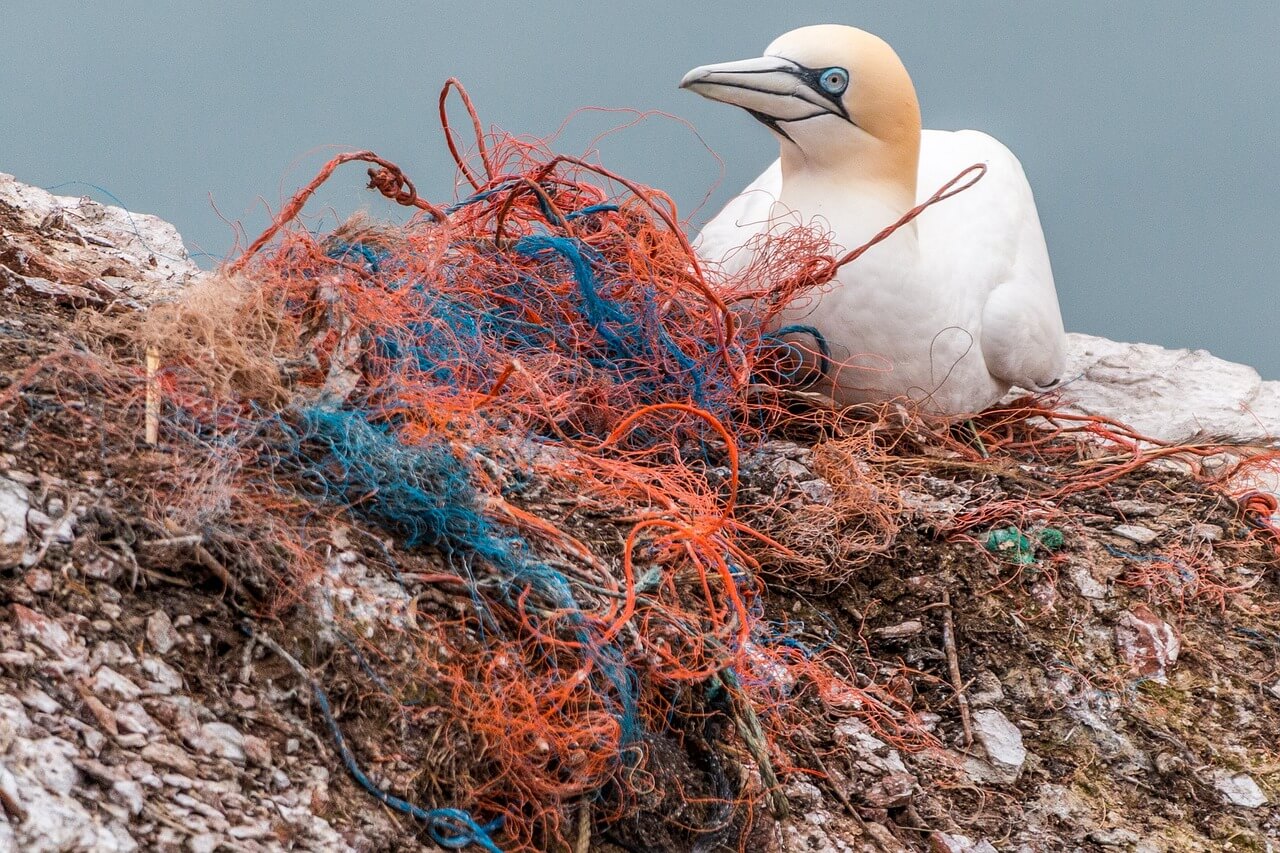Plastic pollution is a global problem that affects all ecosystems on our planet, with serious consequences for animal, plant and human life. But how can we address this problem to reduce it effectively?
From the highest mountain tops to the most remote depths, the plastic is a cause of pollution on a global level, and leads to health risks of our planet. Because it is an affordable material, a durable, multipurpose compound, and useful in many industries, plastic is now virtually ubiquitous in our homes.
The result? Every year more than 280 million tons of plastic waste are abandoned in the environment, with devastating consequences for the Planet.
But why is plastic considered more polluting than other materials? Simple: unlike paper, plastic is not biodegradable. This means that, if dispersed in the environment, it can take up to a thousand years to decompose.
A very long period of time, during which plastic waste pollute ecosystemsdamage groundwater, kill animals and people, and poison the soil.
Along with greenhouse gas emissions, deforestation and other human activities, plastic pollution is also contributing greatly to the climate change in progress.
What causes plastic pollution?
But all things considered What causes plastic pollution?? As you can imagine, there are many causes of this form of pollution.
For example, it is believed that the packaging are responsible for the production of approximately 36% of plastics globally. Unfortunately, more than 80% of such packaging ends up dispersed in the environment after use. Consider, for example, plastic containers disposable.
Added to this large slice is also the plastic used in agricultural sectorand other sectors, such as the fishing industry, the industrial sector and the fashion sector, are not unrelated to the problem.
How polluting is plastic?
Plastic objects can cause “pollution” in several ways. It is enough to throw a supermarket bag on the street, to trigger a series of consequences in a chain reaction.
To understand the extent of the problem, just think that they have been found plastic bags even in the depths of the Mariana Trench11,000 meters below sea level. Boxes, bags and other objects, however, do not simply remain there completely helpless.
Plastic pollution endangers the lives of millions of animals every day. Turtles, fish, birds, mammals and other species ingest plastic waste.
Damage to the environment
As it accumulates in the environment, plastic causes degradation even “simply” from a purely aesthetic point of view.
In the long run, the huge amounts of garbage end up alter the balance of ecosystemsdamage entire habitats, put at risk the existence of many animal and plant species.
What is marine plastic pollution?
Plastic pollution doesn’t just affect the land we walk on. Tons of waste are dumped into the seas and oceans every year, altering the delicate balance of these ecosystems.
But all things considered, How much plastic pollutes the sea? And what damage does plastic cause to the marine ecosystem?
The accumulation of waste leads to a progressive destruction of habitats of many animal species. As if this were not enough, every day many marine animals lose their lives due to the accidental ingestion of pieces of plastic or microplastics. In addition to not providing any type of nourishment, this waste can cause in animals intestinal blockagesintoxications and poisoning.
How does plastic pollute the air?
We know that plastic can seriously damage the environment, both on land and in the sea. But what about the air?
This form of pollution affects the air we breathe in many ways. For example, the same plastic production process It involves the emission of greenhouse gases and other pollutants that inevitably end up accumulating in our atmosphere.
It is also common practice to burn plastic wasteresulting in the release of harmful substances into the air.
When it degrades, plastic then breaks down into many tiny particles, called “microplastics”, which remain suspended in the air we breathe, causing serious consequences for our health.
What can we do to reduce plastic in the sea?

Plastic pollution is considered a form of pollution with global reach and dramatic consequences. But what are the ways to reduce the problem?
The idea of manually removing all plastic from the environment seems unfeasible, as well as extremely expensive.
At the moment, the only way to tackle the problem is to reduce the use of plastic in every sector, so as to prevent a further worsening of the situation.
It is also essential to adopt a sustainable waste management and aware, aimed at recycling and reusing materials, to avoid further waste production.
Sources
Source: www.greenstyle.it


